It’s not your imagination: your bus trip is taking longer than it used to. Since 2013, local bus speeds have fallen about 5%, and rapid bus speeds are down more than 10%. Despite the branded limited-stop service, rapids now average about the same speed as locals. Buses are also running late more frequently these days. One in three rapid buses are late in 2017, an increase of over 30% from 2013.
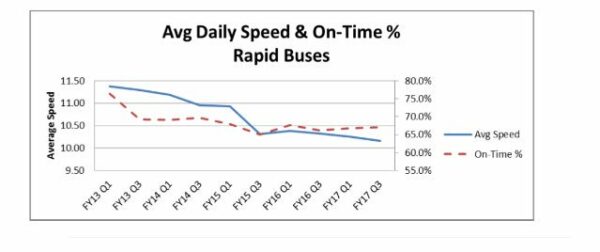
Speed and reliability are major factors in deciding whether or not to take transit. After all, time spent on the bus is time not spent at work or at home. Even for drivers, the perception that buses are slow and not likely to show up when you need them forms a barrier to trying transit. These should be key focus areas for Metro as the transit agency endeavors to reinvigorate its bus network. Metro is already preparing to conduct a multiyear analysis of the network that will inform a potential systemwide “reimagining and restructuring,” but do we really have to wait years before we begin to address bus speeds?
Reversing the bus slowdown will likely require a toolbox approach, implementing separate fixes for the individual causes of delay. One tool that Metro has already tested is what’s known as all-door boarding. All-door boarding, or ADB, is simply the practice of allowing passengers to enter transit from either the front or rear doors. ADB is already in effect on Metro’s rail lines, but has been tried out only on a limited basis for buses.
Throughout the bus network, passengers are generally required to enter through the front doors, tapping their TAP card or paying as they board. This single entry point can significantly increase the amount of time a bus has to wait at a given stop, slowing down service and potentially leading to delays. Generally speaking, the primary justification of front-door boarding is that it ensures a high rate of fare compliance. The experience of other cities, though, should give us reason to doubt that this perceived benefit really exists.
In February this year, the National Association of City Transportation Officials and TransitCenter released a whitepaper called “Better Boarding, Better Buses: Streamlining Boarding & Fares” that analyzed the impact of all-door boarding in North American transit systems. In San Francisco and New York, two of the study cities that opted for a wider implementation of ADB, fare evasion not only did not increase, but it actually declined.
San Francisco implemented all-door boarding across its bus network in 2012, and, according to NACTO and TransitCenter, it remains the only U.S. transit agency to institute systemwide all-door boarding. Since ADB was instituted, the program has proven to be a major success, speeding up buses throughout the city and standardizing the time it takes to board passengers. In SFMTA’s final report evaluating the program, the transit operator found that ADB reduced passenger boarding time by 38% at the busiest stops and helped improve reliability. Bus speeds were up 2% across the network.
In New York City, the municipal rapid network, called the Select Bus Service, experienced even more pronounced changes in passenger boarding time after the implementation of all-door boarding. On some lines, boarding now takes half as long as it used to.
These cities are examples that show ADB can be scaled to include all rapid buses or even the entire network. But Metro can also look to its own pilot programs to see the potential of ADB. In 2015, Metro studied the impact of all-door boarding on the Wilshire rapid route, the busiest bus line in the county. During the pilot period, Metro’s data found that dwell time per passenger fell 32%, and staff estimated that additional time savings would be possible by requiring customers to have a loaded TAP card when they boarded. In its final evaluation, Metro’s report listed a number of additional benefits, including less crowding for passengers and reduced risk of injury as the bus began moving.
At the moment, all-door boarding is allowed only on the Orange and Silver Lines, the system’s Bus Rapid Transit routes. ADB was approved to continue indefinitely on the Silver Line in February after a pilot program found it to be extremely successful at improving on-time performance. Building off the experience of the Wilshire pilot, Metro required patrons to buy their fare before boarding, and now only TAP cards can be used on board the Silver Line.
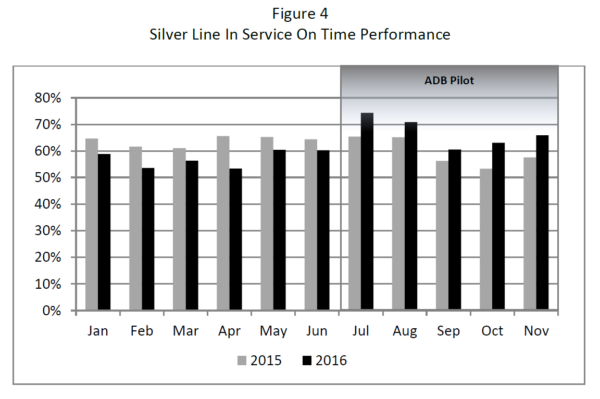
Not only have Metro’s pilots proven that ADB works, they have also shown that it is extremely popular with riders. In evaluating the Wilshire pilot program, staff noted that ADB creates, “the perception of better service, which heavily influences a passenger’s decision to use transit.” Two-thirds of survey respondents found that boarding was “much faster” and nearly 90% of respondents said it was faster overall. A remarkable 82% of riders said they wanted to see ADB implemented.
In describing the lessons from case study cities, NACTO and TransitCenter emphasize that ADB should be implemented across bus networks to provide customers with a convenient and simple riding experience. If Metro has concerns about the logistics of a full-scale implementation, the rapid network, which has been hit harder by slowdowns and delays, would make an ideal next step in expanding ADB. It would also help provide the perception of BRT quality service on the rapid bus routes. ADB can be quickly instituted and would immediately begin to show results for Metro’s customers. At a time when every tool is needed, we shouldn’t hesitate to provide popular and effective solutions to help resuscitate our ailing bus service. For riders, every minute counts.
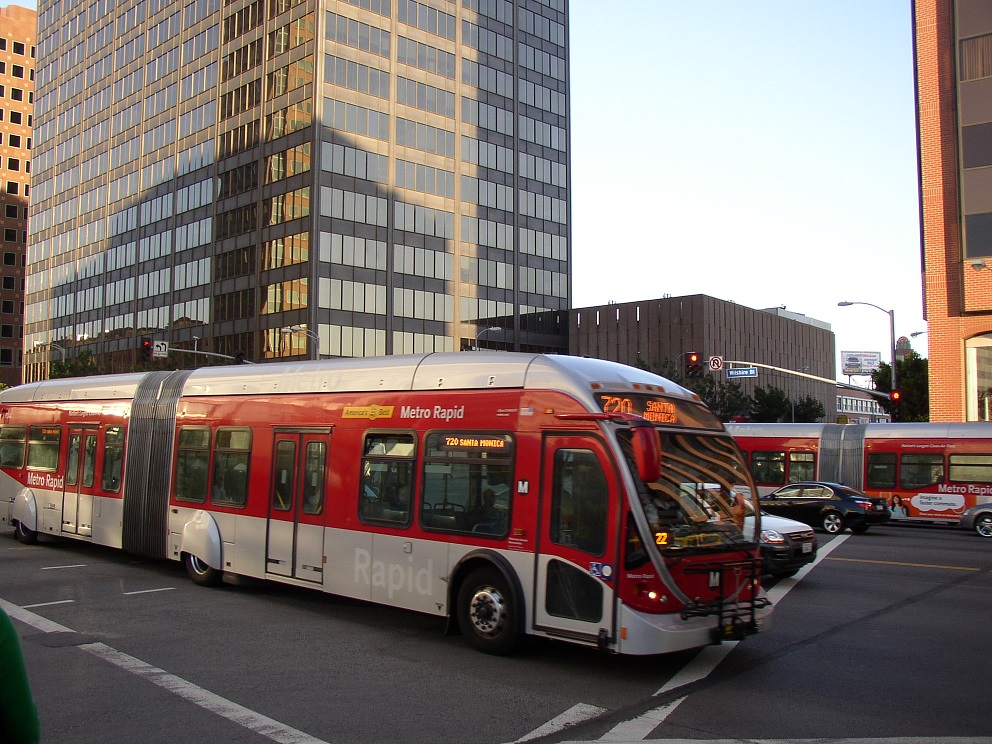
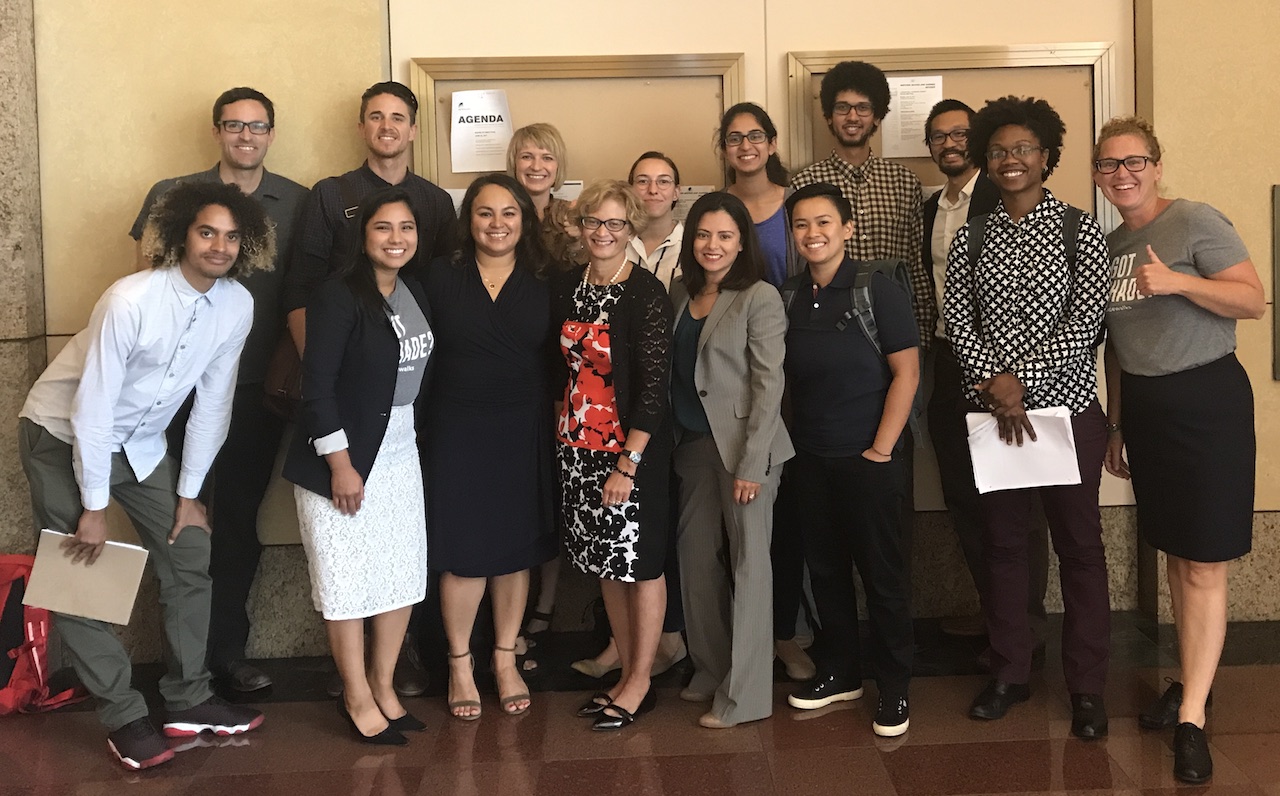

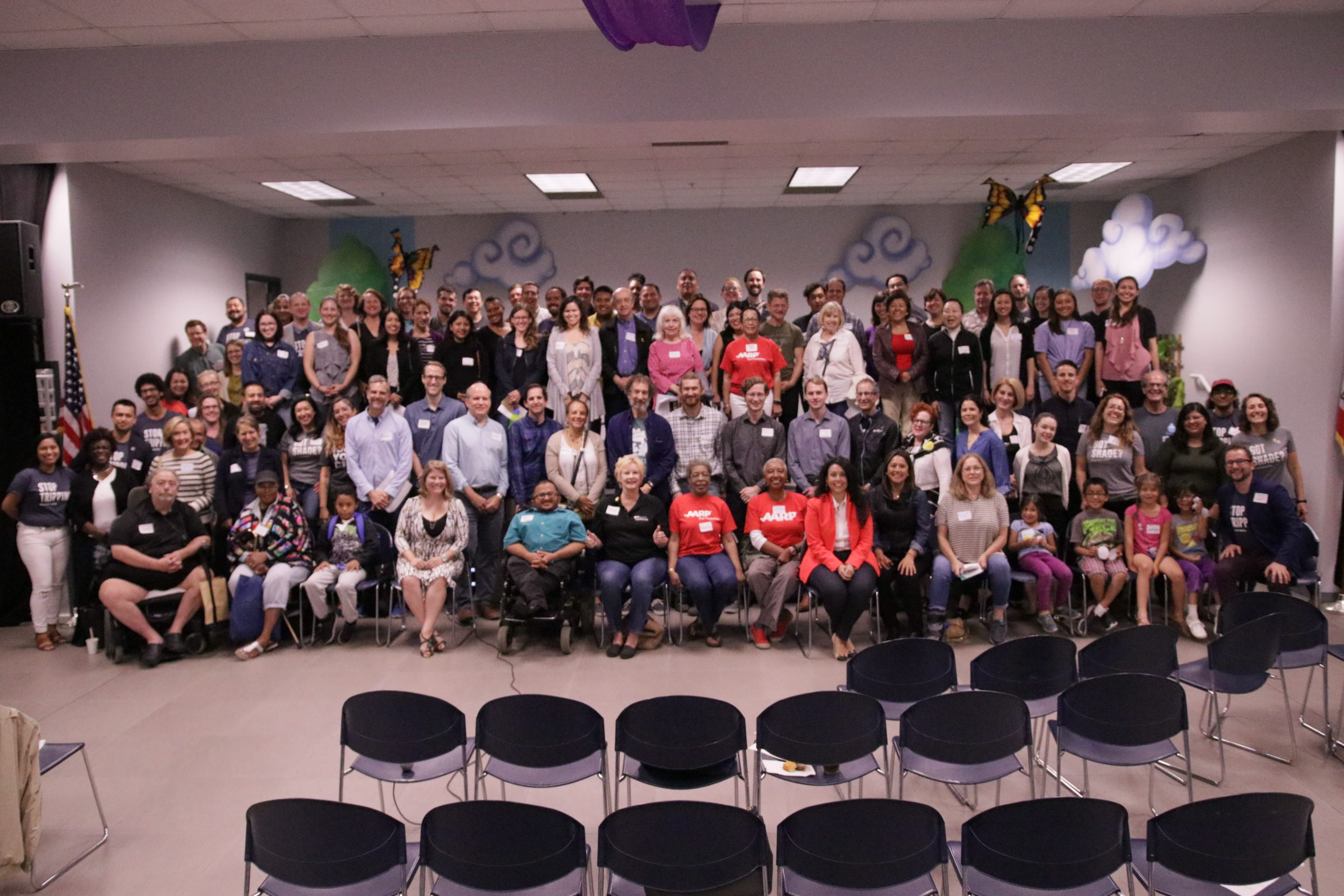
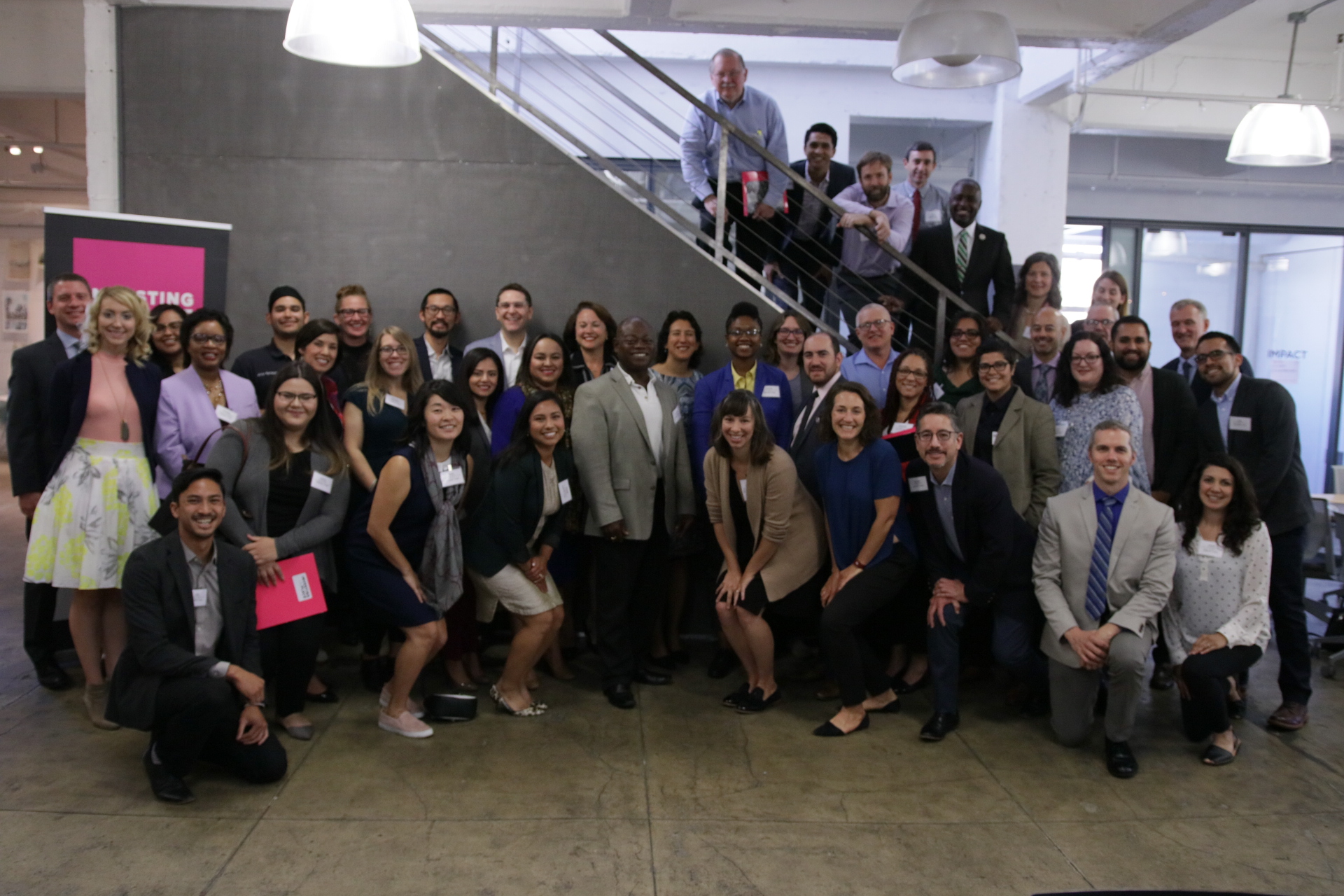
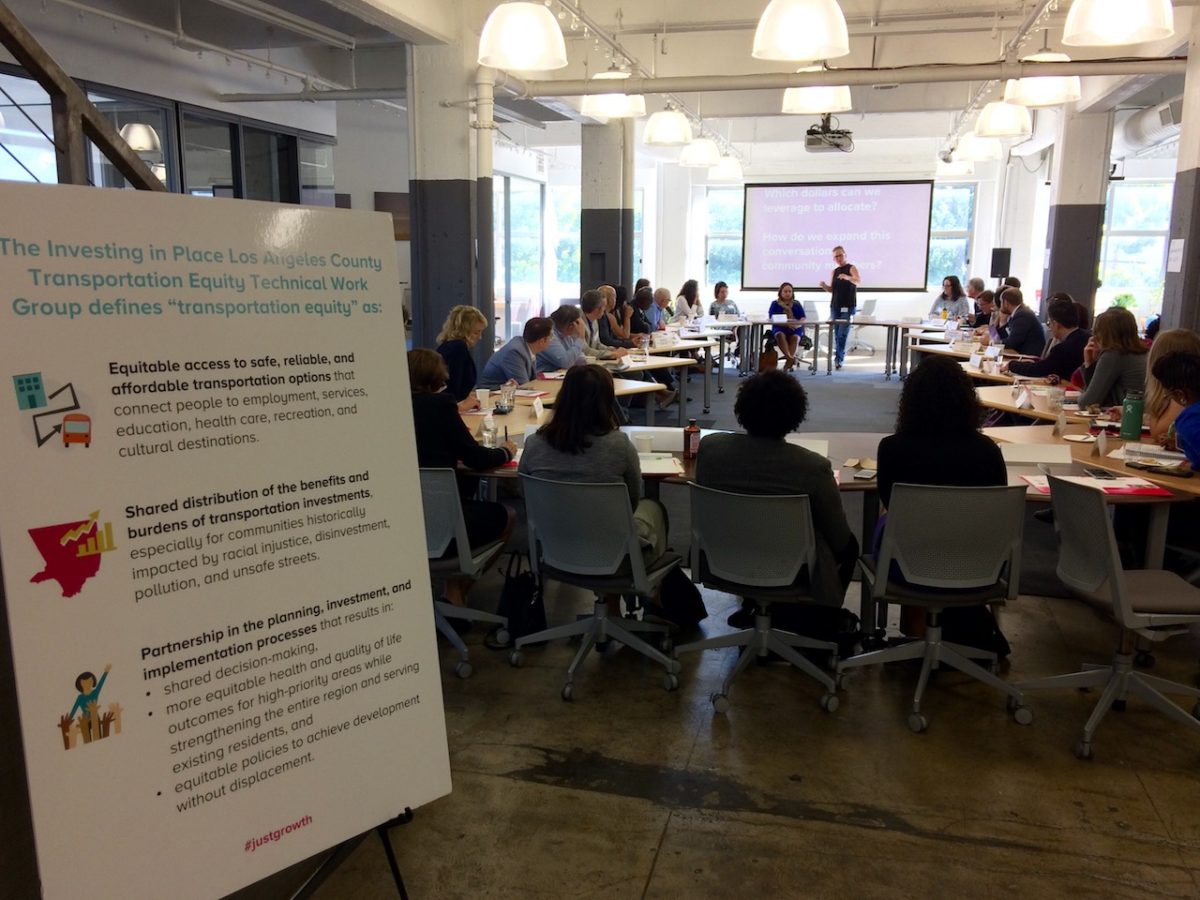 The above definition is widely supported, however, determining the criteria to identify the areas, and the program and funding to begin to operationalize this definition is where we focused the morning’s discussion.
The above definition is widely supported, however, determining the criteria to identify the areas, and the program and funding to begin to operationalize this definition is where we focused the morning’s discussion.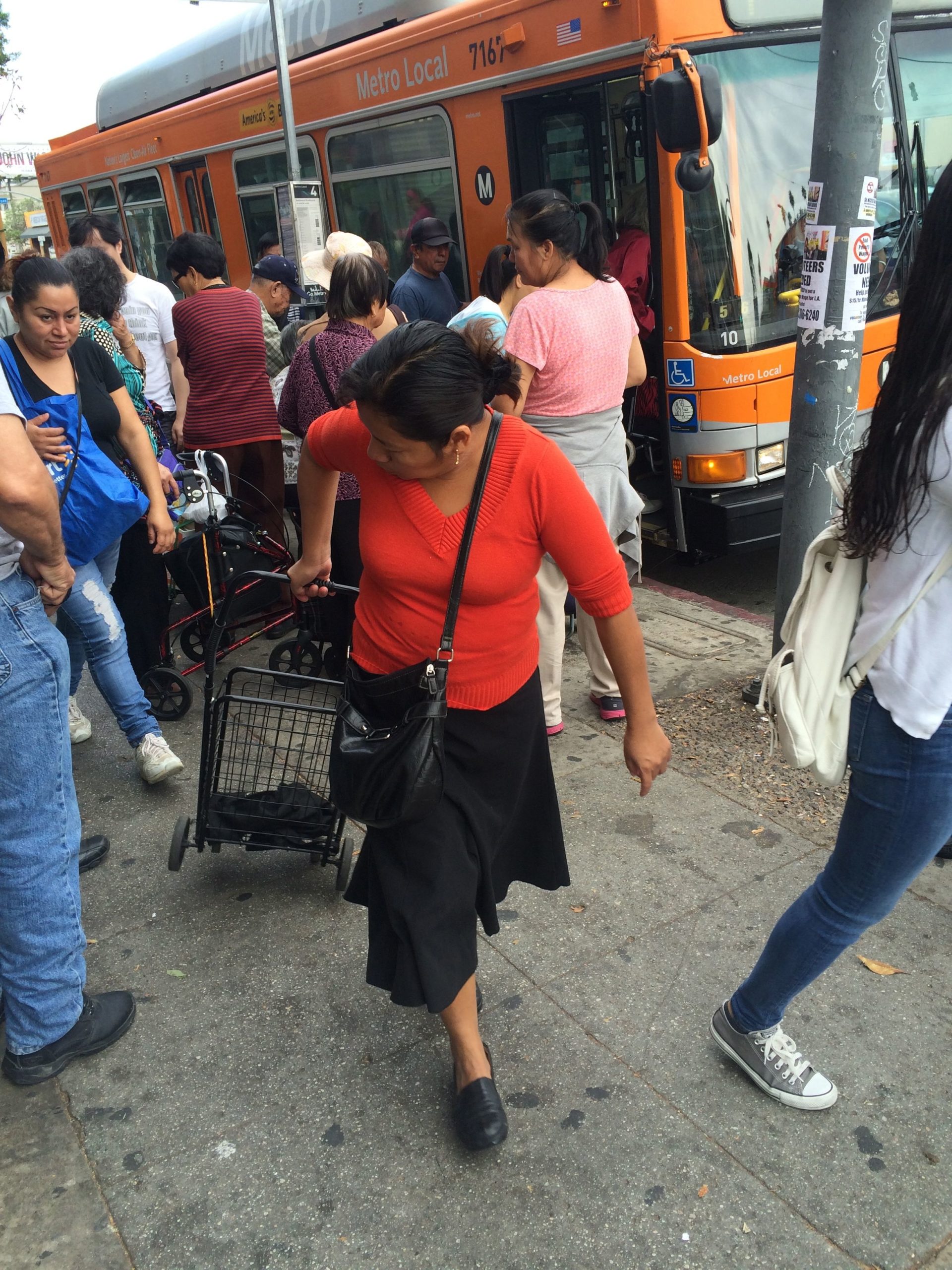

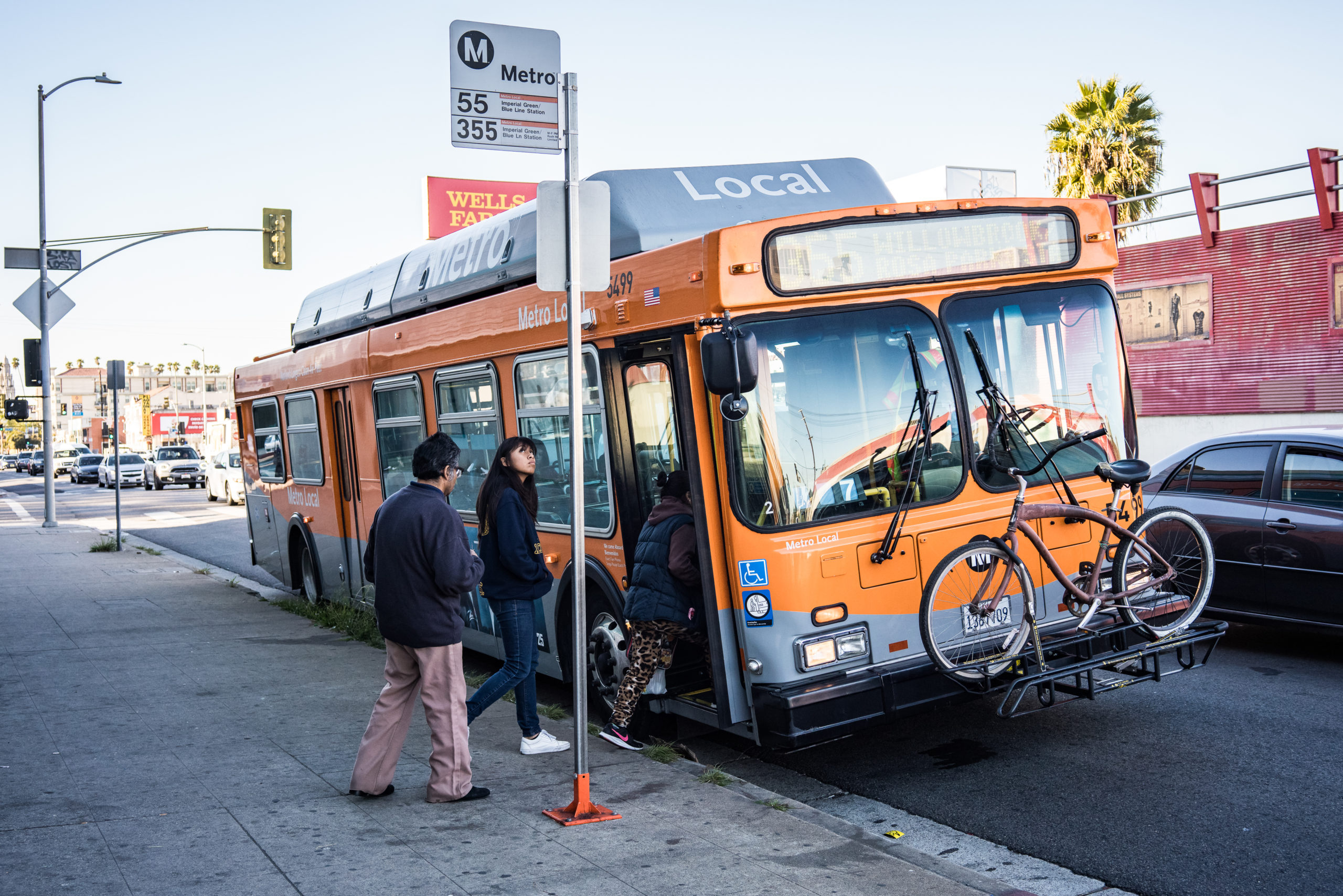
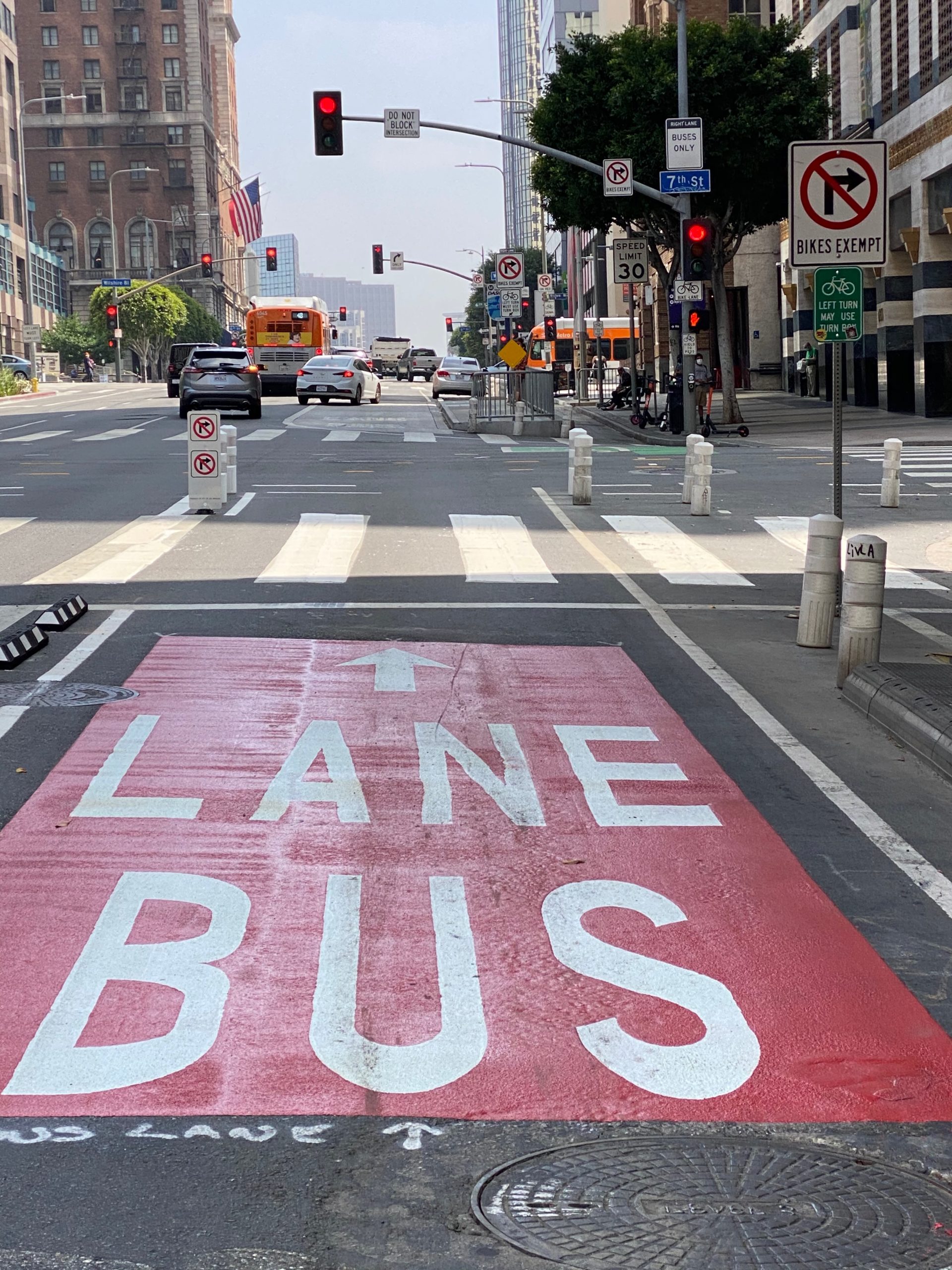









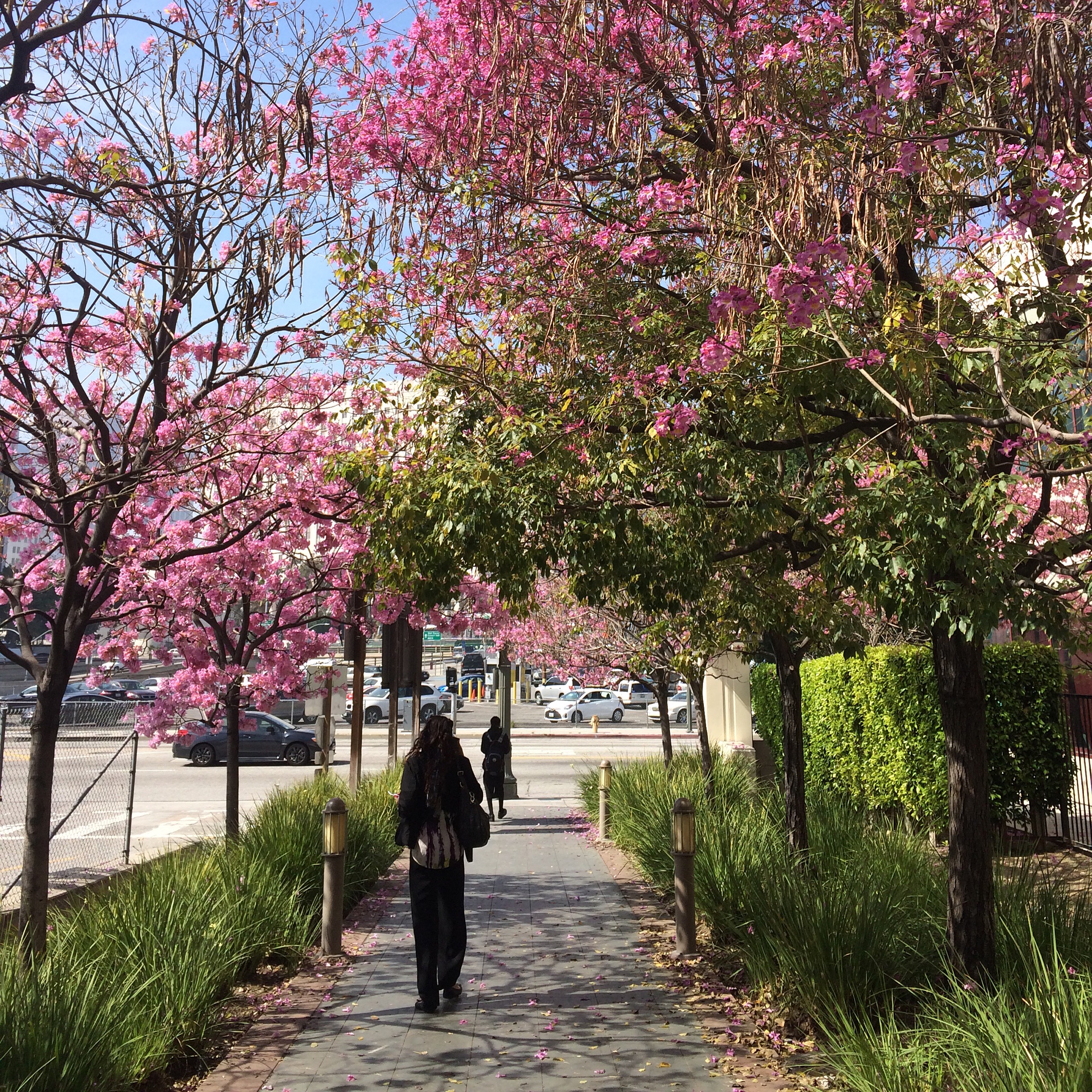

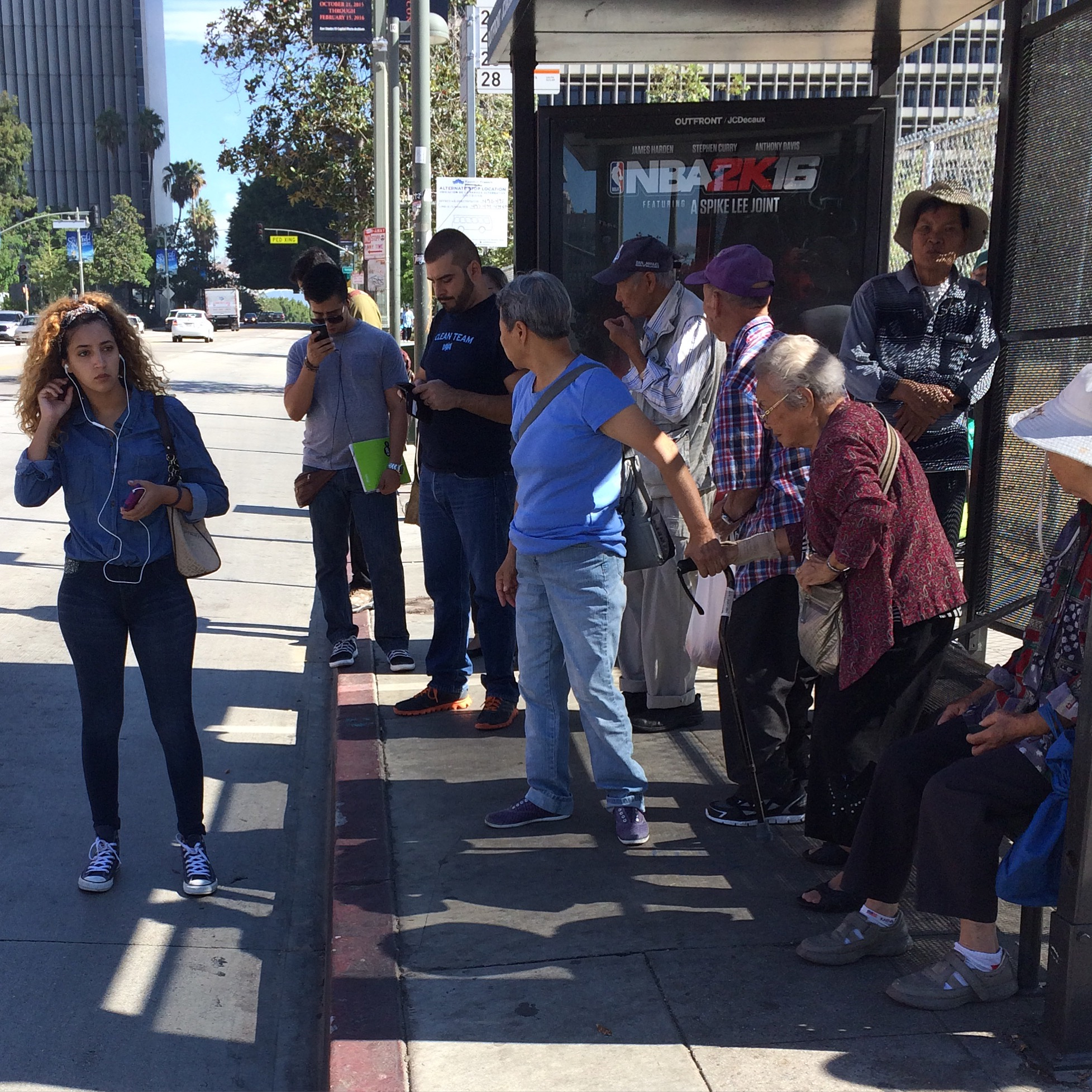
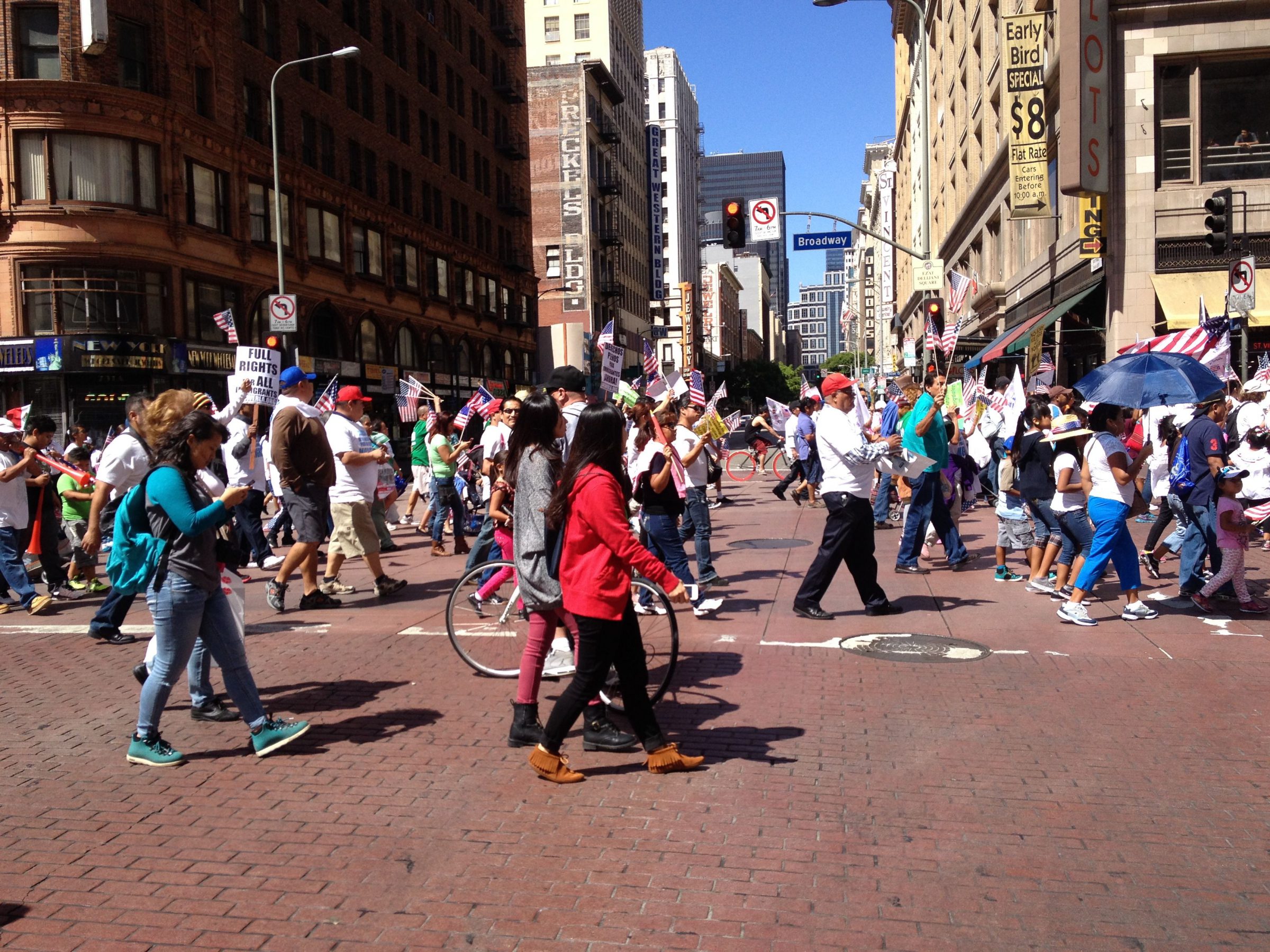
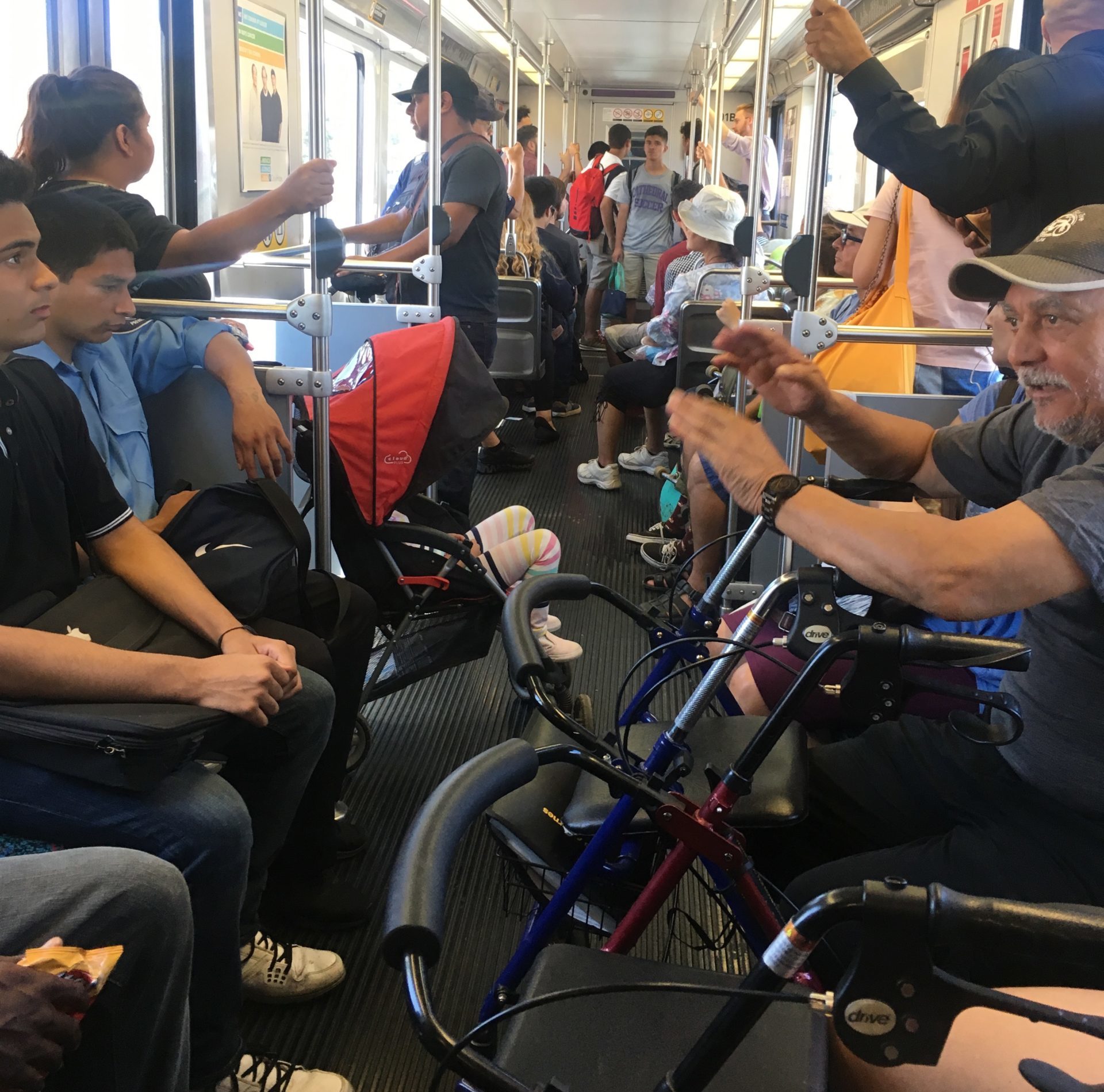

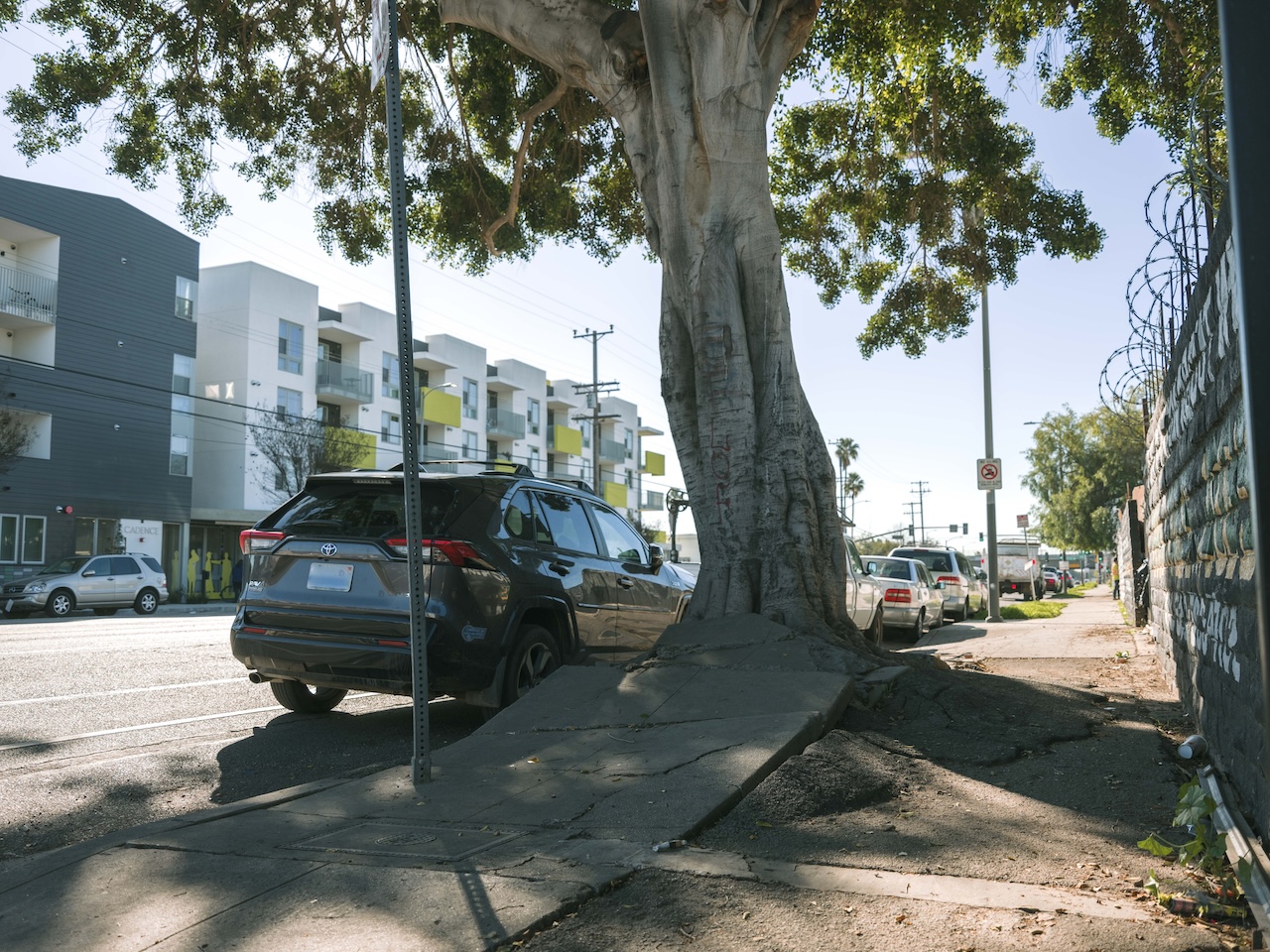
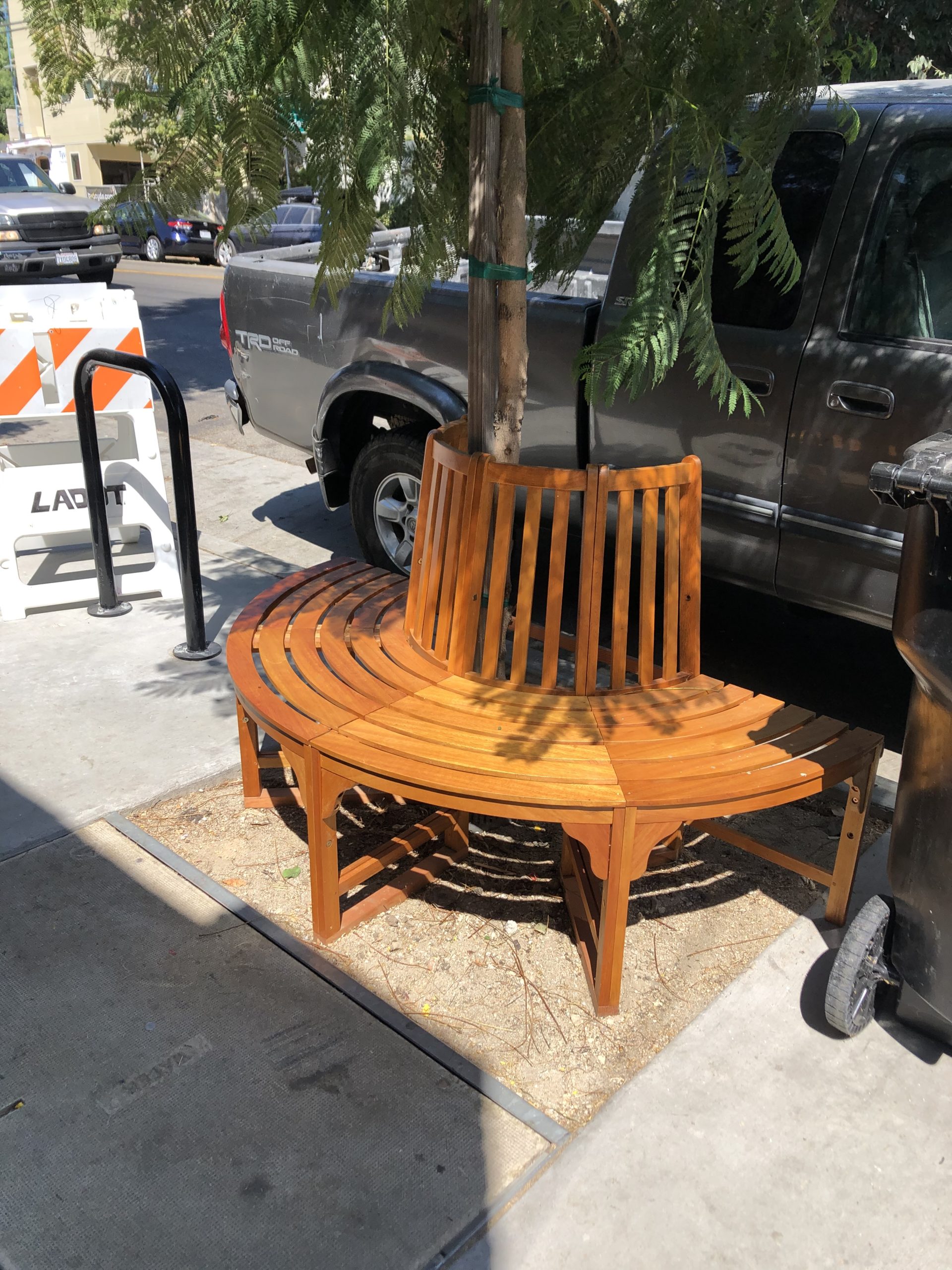
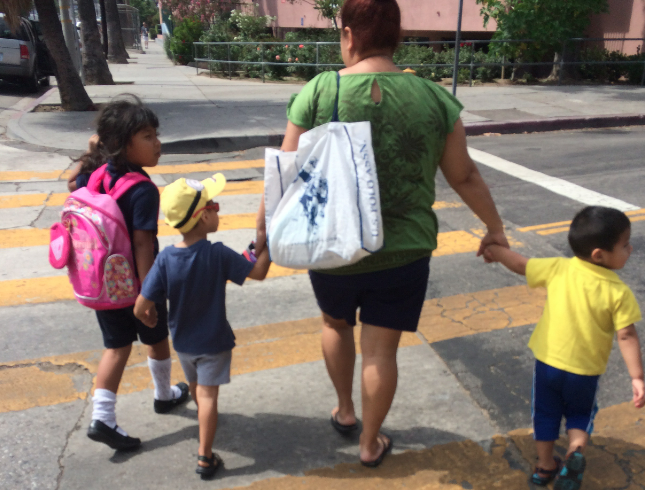

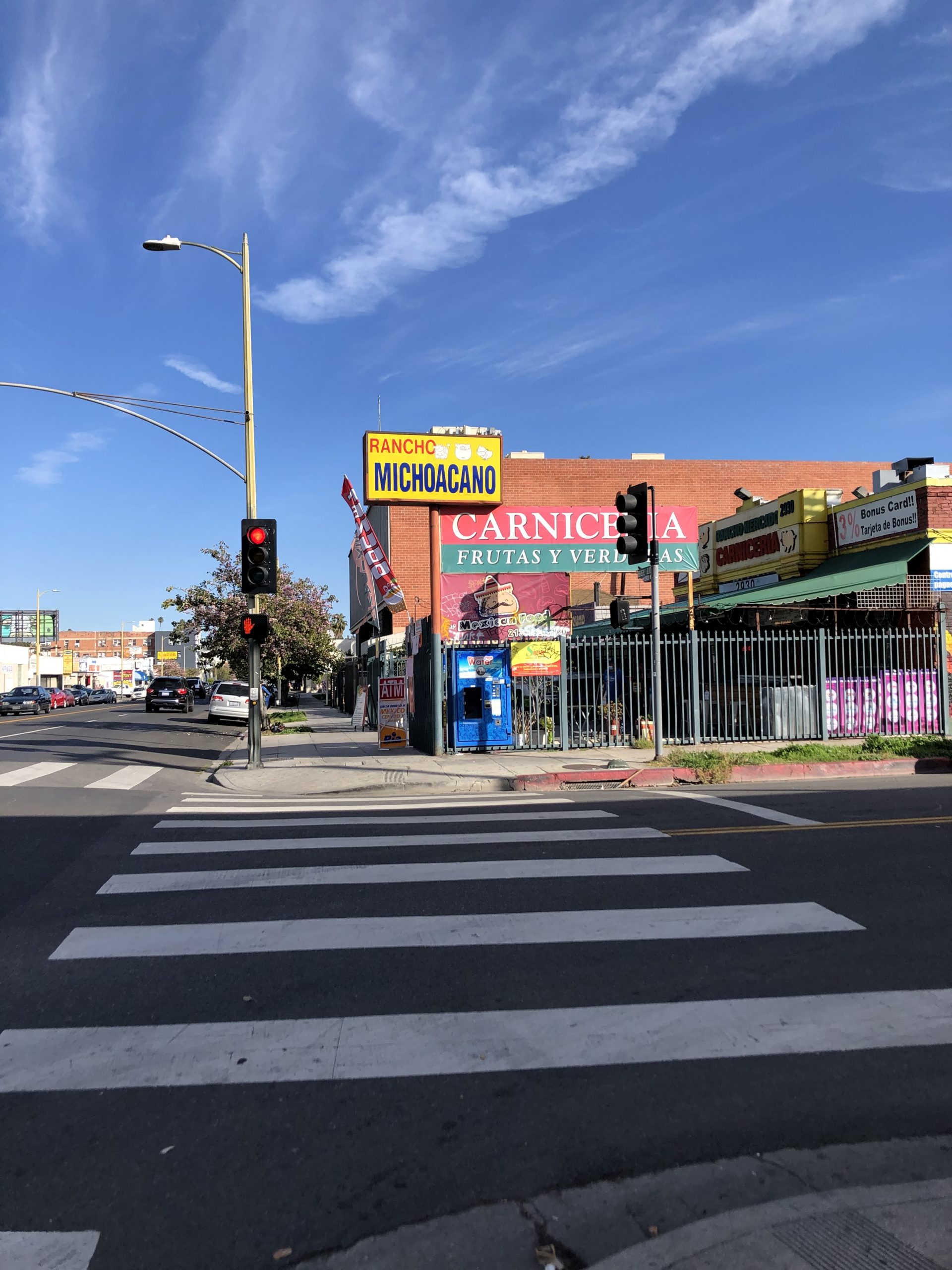

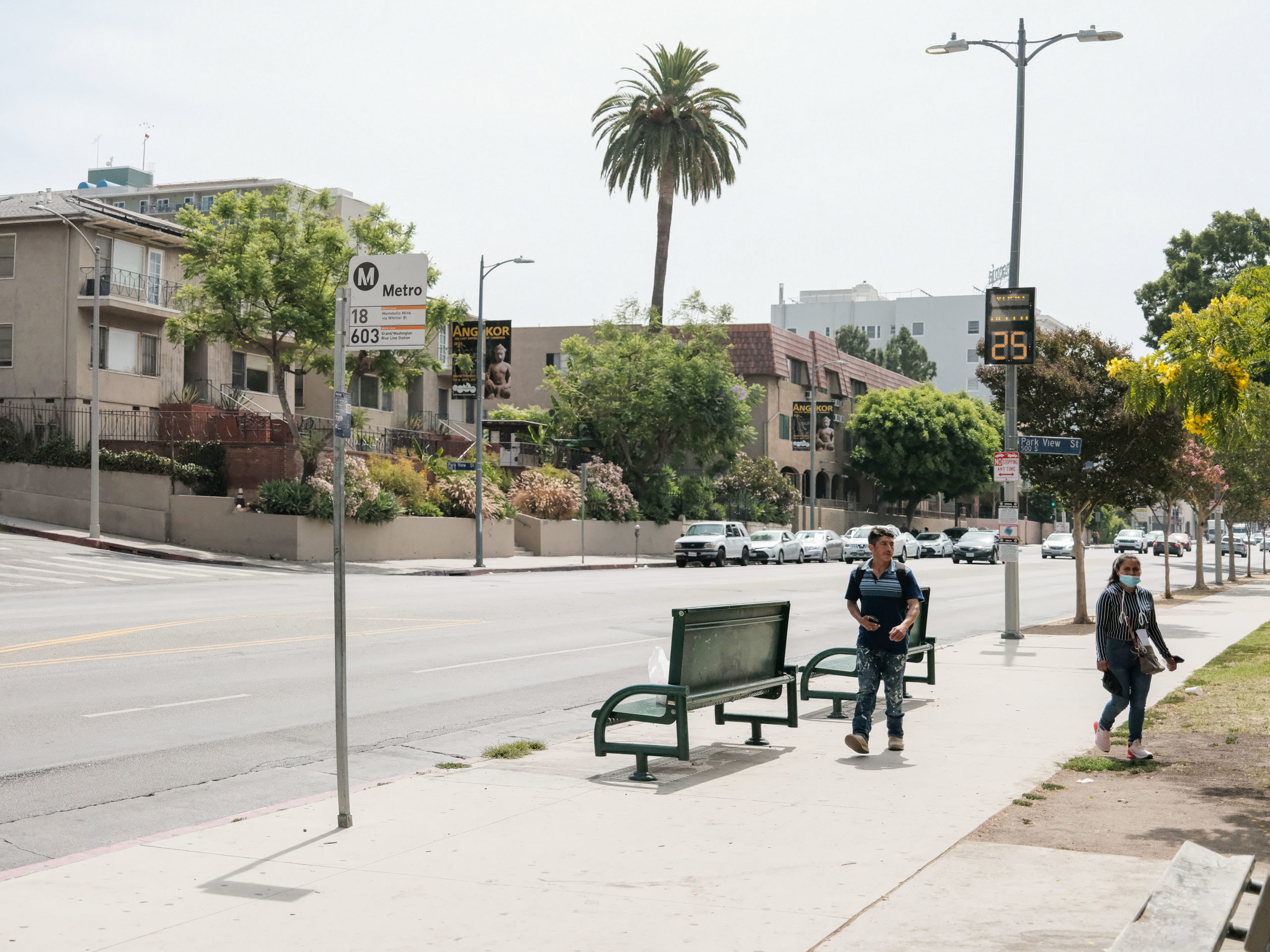
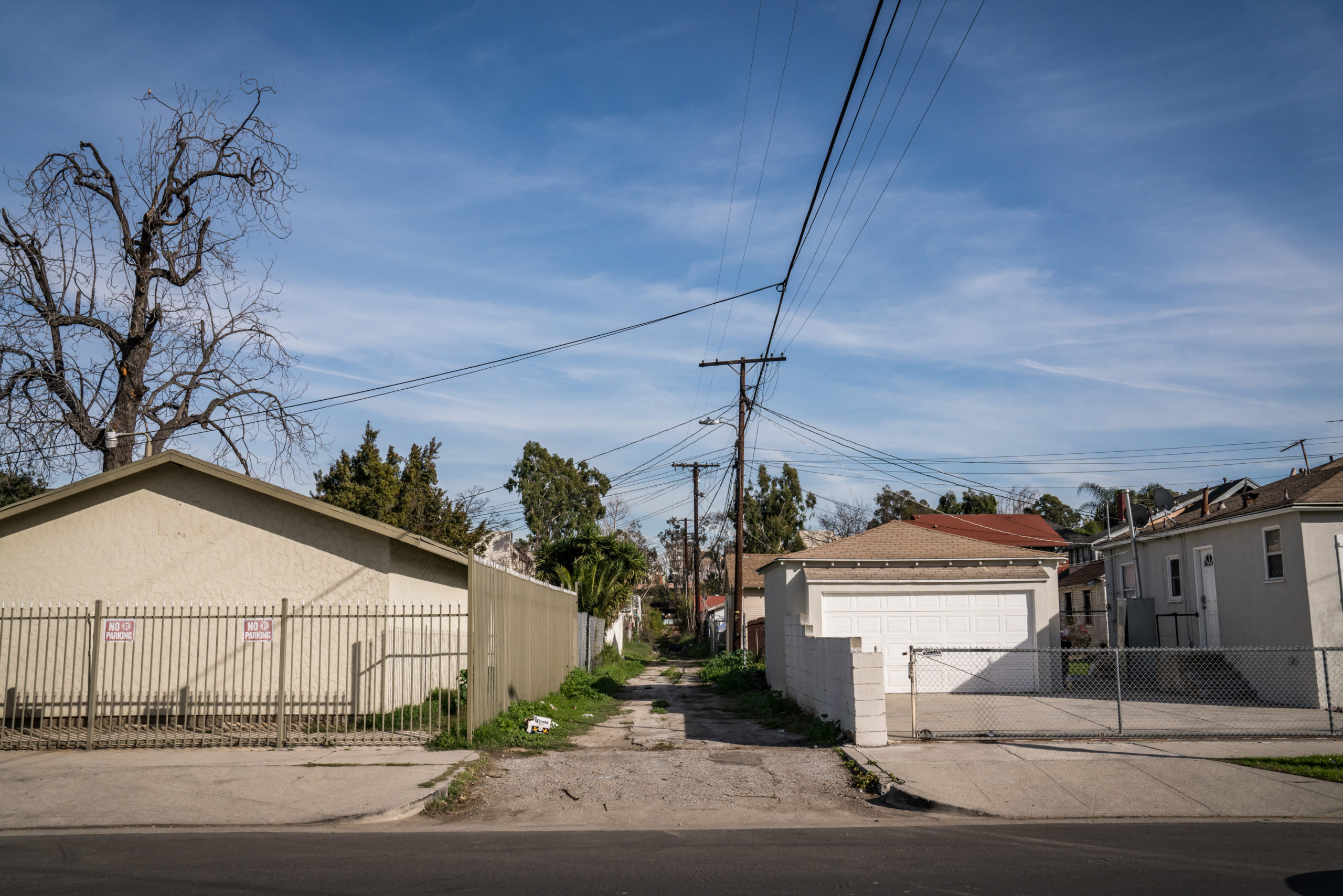









You must be logged in to post a comment.